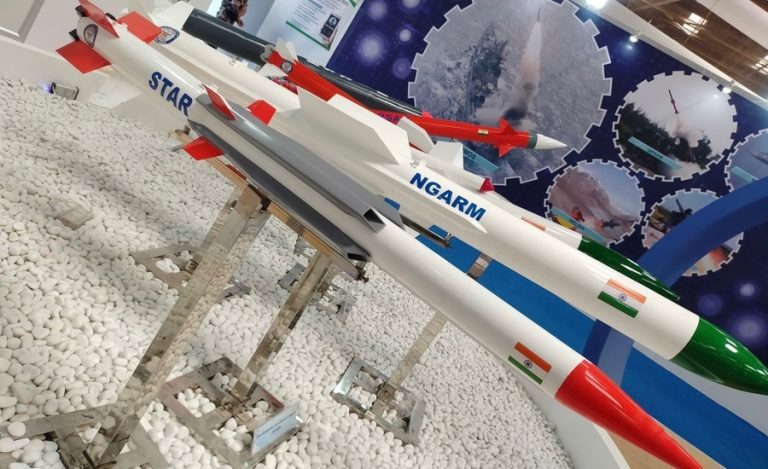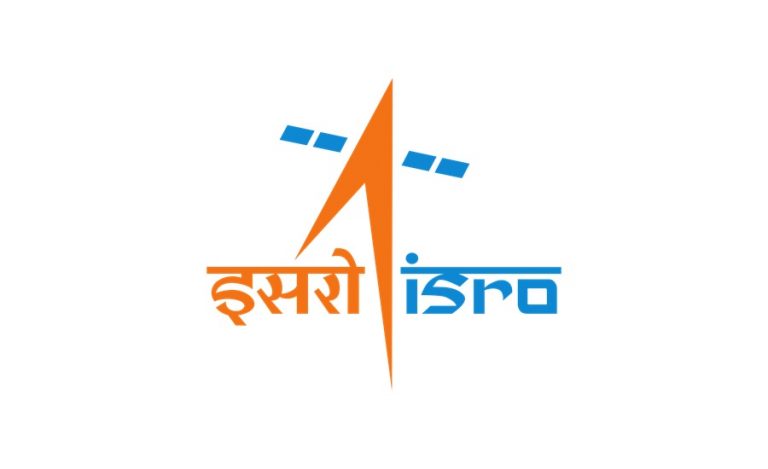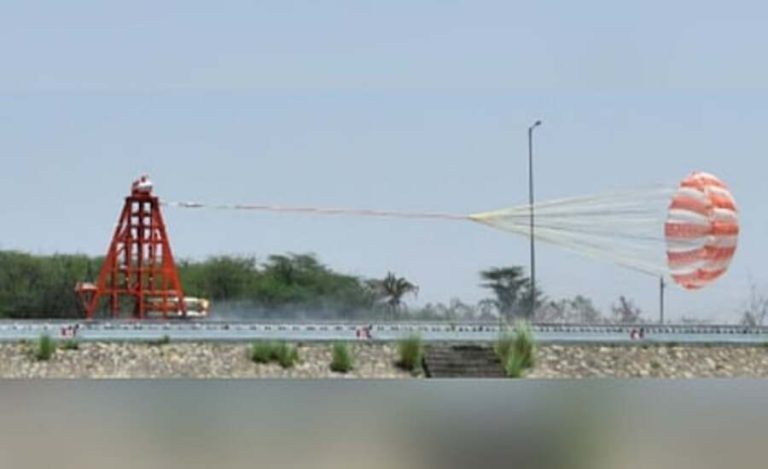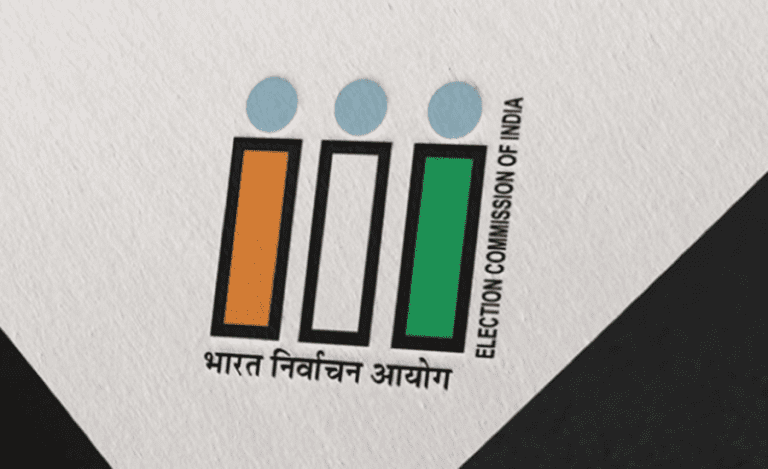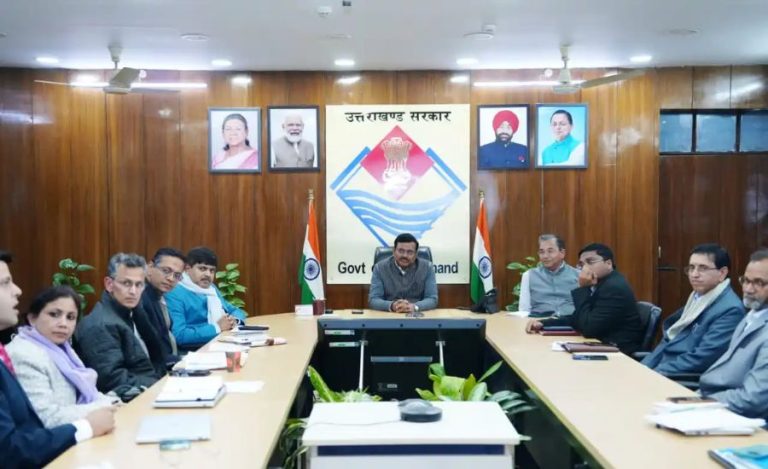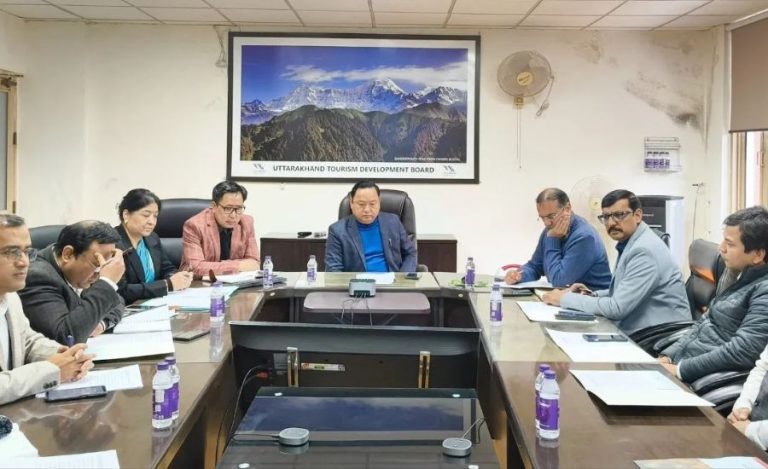A recent study by Central Mine Planning and Design Institute (CMPDI) in collaboration with Birsa Agricultural University (BAU) has revealed that over 50 closed and operational coal mines in Jharkhand hold immense potential to tackle the state’s recurring water crisis. The study estimates an annual availability of 1060 lakh kilolitres of water in these coal mines, which remains largely untapped.
Currently, water from some abandoned mines is used for fish farming, but experts highlight that the scope is far greater. By adopting scientific methods such as promoting phytoplankton growth with organic manure, planting aquatic vegetation like hydrilla, and deploying submersible pump systems, these mines can serve multiple purposes including agriculture, industry, and domestic water supply.
Example of Khalari Mine Usage
In Khalari, under Central Coalfields Limited’s NK area, closed mine number nine of the Karakatta ‘A’ block has been repurposed for fish farming using cage culture techniques with support from the District Mineral Foundation Trust Fund. Additionally, water from this mine is being supplied to CCL colonies through motor pumps, showcasing how abandoned mines can be transformed into valuable water sources.
Such initiatives, if scaled up, can significantly reduce pressure on groundwater, which continues to deplete at an alarming rate across the state. With more than 50 mines spread across districts like Hazaribagh, Khalari, and Ramgarh, Jharkhand has the opportunity to convert these deep reservoirs into sustainable water storage systems.
Alternative to New Reservoir Construction
While the state government continues to invest in new dams and reservoirs, experts believe that using water stored in coal mines could be a faster and more cost-effective solution to meet annual water shortages. Groundwater, often described as a fixed deposit due to its limited availability, is under increasing strain from agriculture, drinking water needs, and industrial use. Mine water, if harnessed effectively, can serve as a crucial alternative.
Making Mine Water Potable
Unlike western countries where mine water is often acidic, most coal mines in India produce relatively good-quality water. According to CMPDI’s findings, with only minor treatment, mine water in Jharkhand can be made potable and suitable for domestic supply, industrial operations, and agricultural irrigation. It also holds potential for bottled water production.
The study has classified mine water quality using standards from the Central Pollution Control Board (CPCB) and the Bureau of Indian Standards (IS:10500), confirming that with minimal intervention, it can be integrated into state and central government water schemes.
Developmental Impact for Jharkhand
By recognizing mine water as a resource rather than waste, Jharkhand can address its recurring water crisis while promoting sustainable resource management. Efficient use of these reservoirs would not only provide relief to rural and urban populations but also strengthen agricultural resilience and industrial growth. The government’s adoption of such measures can set a precedent for other coal-rich states in India.
Also Read: PLFS Survey: July Sees Decline in India’s Unemployment Rate to 5.2%, Youth Employment Improves


